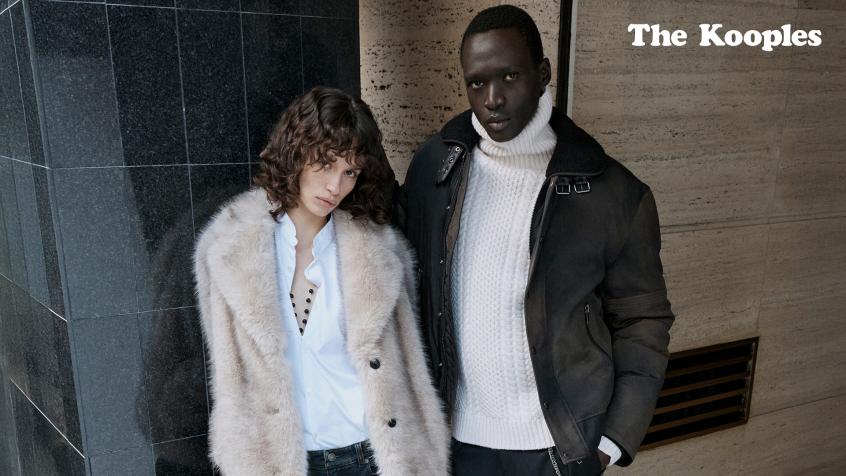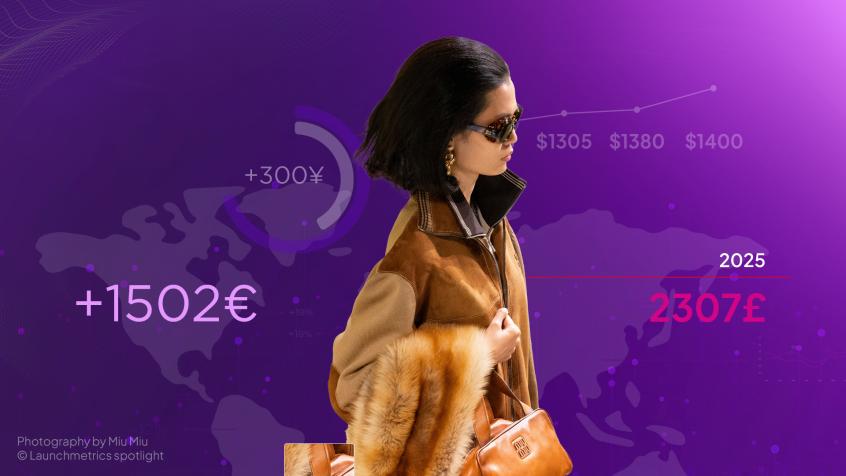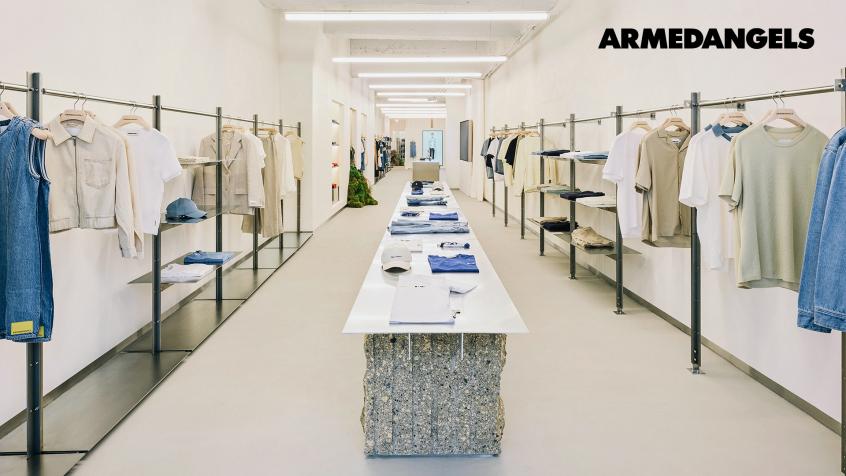Managing end-of-season discounts
How have industry shifts led global markets to change discounting tactics?

Key takeaways
- The European market is discounting at a 28% higher rate than the US market. Nonetheless, the US have a higher share of discounted items.
- While formalwear seemingly takes over the industry, dresses and t-shirts are the two categories that saw their prices cut off the most.
- The excess inventory issue pushed US retailers to discount at a higher rate than in 2021, Nike raised its rate by 36%.
Black Friday has remained one of the strongest sales periods in the United States throughout the years, serving as a kickoff of the Christmas shopping season. While European retailers have begun to partake in Black Friday sales, the extent of their participation is limited when compared to their official sales period, usually taking place between early January and early February. So how did discounts pan out in both key markets this season?
As illustrated by Retviews data, discounting strategies followed a similar pattern between the US and European markets, however at different proportions. The US market experienced a heightened share of discounted items around the Black Friday season, with an average of 53% of collections being marked down. The European market exhibited a similar peak, however staying much lower, as the market discounted on average 25% of collections during Black Friday.
The share of discounted items remained particularly high in the US market, reaching a peak of 63% by the end of December, as the market generally focuses markdowns on the holiday period. The European market showcased a significantly different strategy, keeping holiday discounts to a minimum, staying close to 10% throughout the month, only to surge at the start of January, where brands in the European market discounted on average 62% of their collections, and slowly decreased the amount by the end of the month.

Discounting formal vs. casualwear
Although the pandemic may seem like a distant memory, it still holds a major impact on customer behavior. The growing popularity of formalwear and elevated casualwear implies an interesting question of how discounting strategies differ between casual and formalwear categories in the US and European markets?
As inflation affects consumer demand, the European market has discounted more aggressively compared to the US. The EU and US markets present divergent approaches to discounting, as indicated by Retviews' data. The European market exhibits a higher prevalence of discounted items with dresses emerging as the category with the highest discount rate, standing at 52%. Both the EU and US markets witnessed large discounts on dresses and T-shirts during the winter sales season. However, a notable gap exists between the markdowns on blazers and jeans among both markets, with the EU demonstrating a 152% and 65% higher proportion of discounted items in these categories, respectively.

Retail giants' strategies
Retviews' data reveal fluctuations in the average discount rate between the EU and US markets. In January 2023, the average discount rate in the EU remained stable YoY, standing at 50%. Meanwhile, in the US market, the average discount rate increased by 5% compared to the previous year's sales season, reaching an average of 39%. These figures highlight the differing trends and dynamics at play in the discounting strategies of the two markets.
Looking at one of the European market’s most prominent discount periods, ranging from early January to early February, indicates slight variations in mass market brands’ discounting strategies, compared to the previous year. ZARA stands out above the competition, with average discount rates that surpass the market average. Both the Spanish giant and Uniqlo adopted a more aggressive discount approach, exhibiting a 7% and 20% increase in markdown rates respectively. Mango, on the other hand, had a 4% lower discount rate in comparison to 2022.
Retviews’ data show that within the US market’s leading discount season, between Black Friday and throughout the holiday season in December, leading brands such as Abercrombie & Fitch, GAP and Nike have increased their average discount rates, YoY. Fashion brands who were impacted by the overabundance of inventory had to opt for drastic measures to clear their excess goods, including heavy discounts, resale through websites, hosting sample sales, distributing items to employees, and in some cases, even throwing stock away.


Tackling excess inventory and inflation
US retailers feared an inventory shortage in 2022, much like the one encountered a year prior. They thus anticipated the risk of running out of stock by placing larger orders, to meet consumer demand. However, considering the economic climate in the US and shifting consumer demand brands have been faced with the predicament of excess inventory. Is this leading them to discount more this year? What do discounts look like YoY
During the 2022 holiday season, pricing strategies of leading US brands underwent significant changes compared to the previous year. The data reveals that there was a decrease of 2% in the number of items being discounted by retailers, but at the same time, there was a 5% increase in the markdown rate. As a point of comparison, it is worth noting that during the summer sales in 2022, US retailers discounted 25% more items at a 31% higher markdown rate compared to the summer 2021.
Retviews’ data show that the discounting period started earlier than November 25th in 2022, with 44% of the retail assortment being discounted, which represents a 26% increase from 2021. Despite this increase, the share of marked down items remained significantly higher for the summer season. This highlights the fact that the discounting strategies of US retailers have been evolving over time and taken a toll on margins. The holiday season in 2022 indicated a higher share of discounts earlier on in the season, and a high amount of discounted items extending into January.
Retviews data suggests that US retailers are adapting their pricing strategies in response to changing market conditions. The changes in the number of discounted items and the discount rate highlight the dynamic nature of retail pricing. Retviews shows the importance of staying informed about the latest trends in order to make informed discounting decisions.

Avoiding the guesswork of discounts
In the fashion industry, discount strategies play a critical role in determining a brand's success. With a dynamic global market, the ideal approach to minimize waste and maximize profits can vary greatly across different regions and key markets. As the fashion industry undergoes significant changes, driven by the recovery from the pandemic, logistics challenges, and the growing importance of circularity, understanding the diverse discount strategies is becoming increasingly vital.
With Retviews, staying ahead of the curve has become extremely simple. AI eliminates the guesswork associated with discount strategies, enabling brands to launch their products with precision, timing, and cost-effectiveness. By utilizing Retviews, fashion retailers can stay ahead of the curve, delivering products that meet market demands, and maximizing their margins.
Use the Retviews platform to benchmark your offer against your competitors
Related Content









